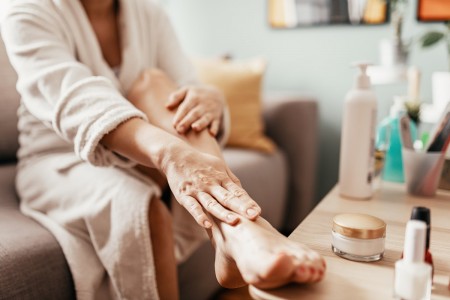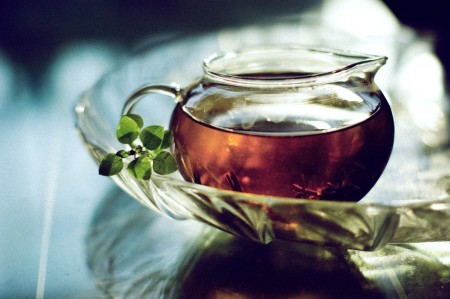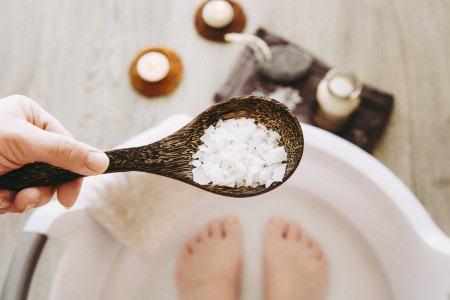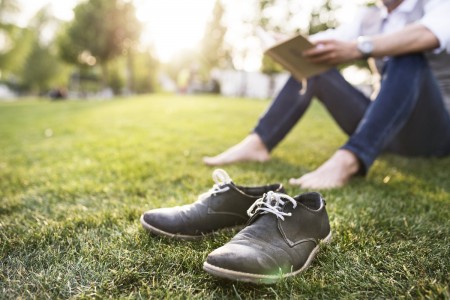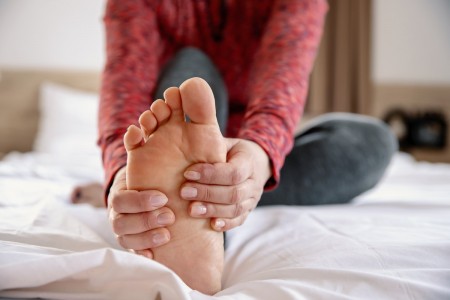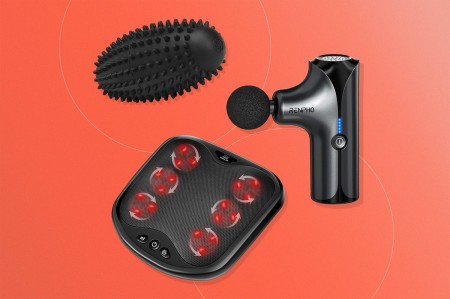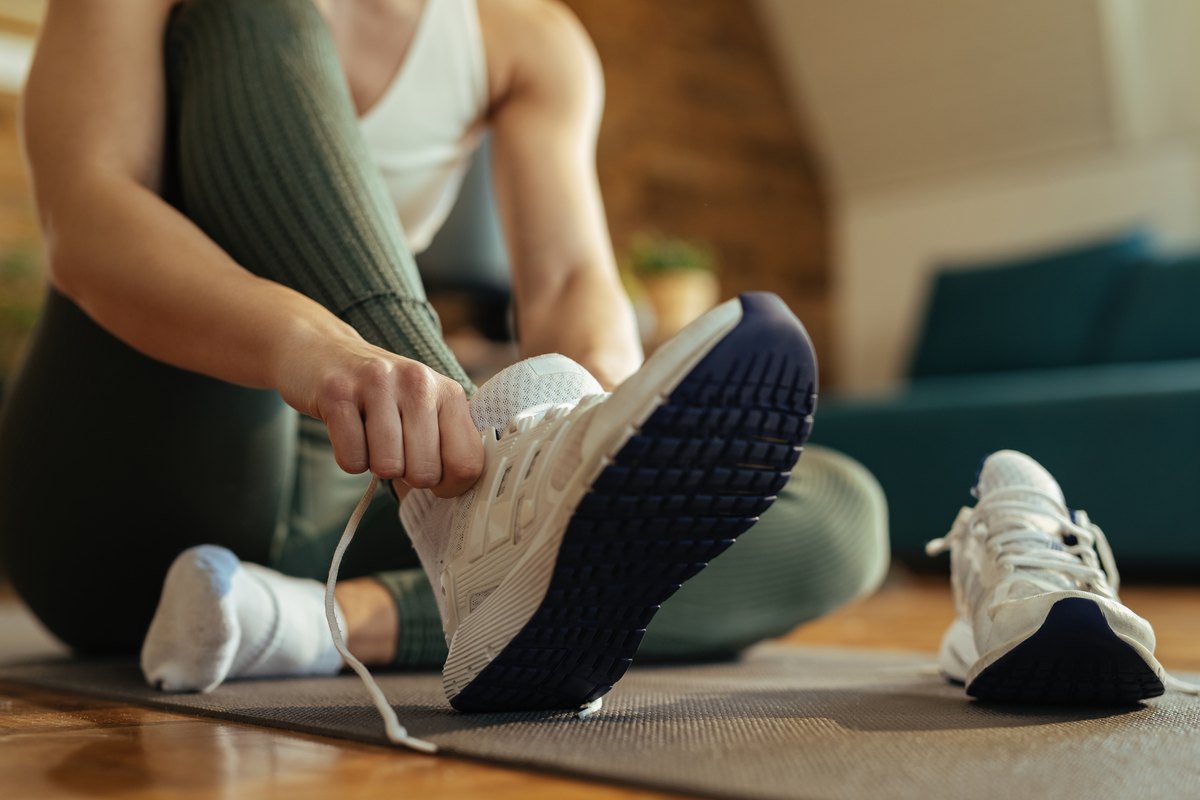
Advertisements
Athlete's foot is more annoying than life-threatening, but as soon as you notice it, you're eager (if not itching) to get rid of it. That's where athlete's foot treatments come in.
Video of the Day
Usually marked by a scaly, itchy, flaky rash, athlete's foot is a fungal infection caused by an overgrowth of organisms that thrive in damp, warm environments (read: sweaty socks and shoes), per the Mayo Clinic. Luckily, as one of the most common foot infections, athlete's foot is relatively easy to treat using over-the-counter products.
Read on to learn more about your best options for stamping out this condition, according to market research as well as podiatrist James McGuire, DPM, PT, a professor at the Temple University School of Podiatric Medicine.
1. Best Overall: Lotrimin AF Athlete's Foot Antifungal Powder
Visit Page https://www.amazon.com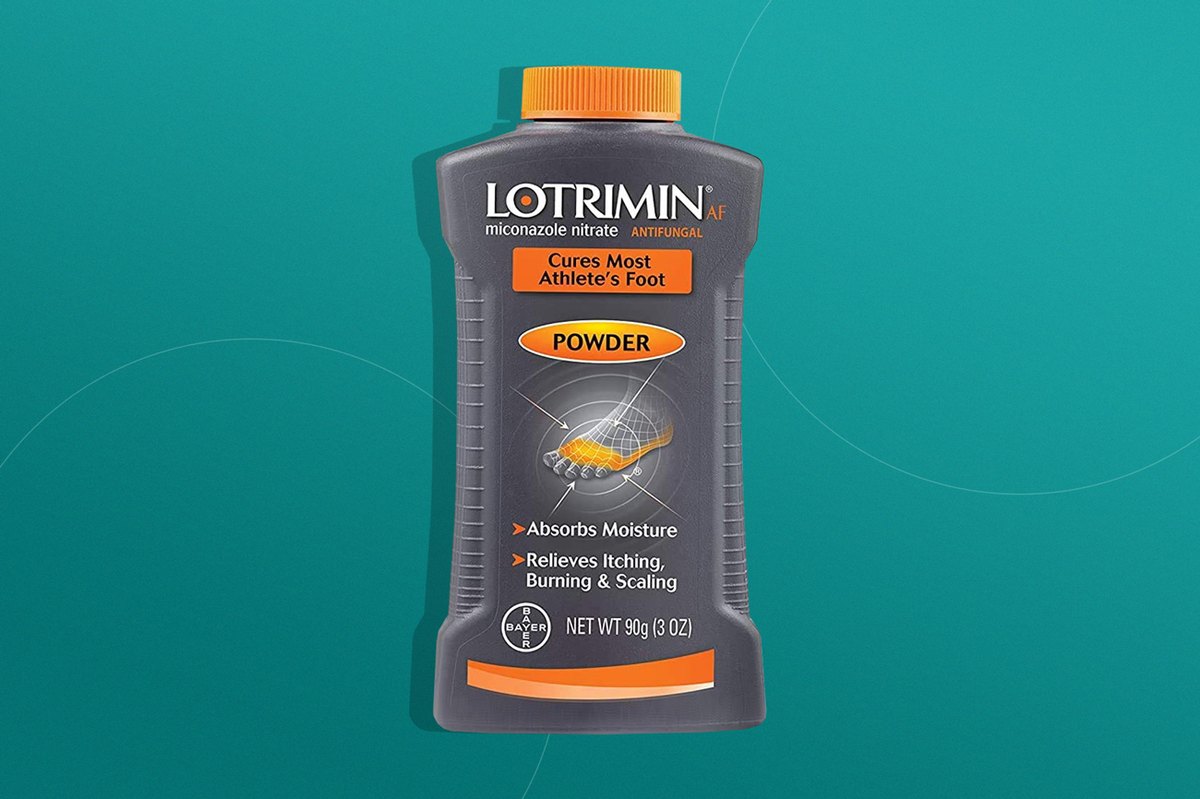
An antifungal treatment in powder form, like Lotrimin AF Athlete's Foot Antifungal Powder, delivers a particularly effective one-two punch against athlete's foot.
For one, the active ingredient of 2 percent miconazole nitrate prevents further fungal growth. For another, the fact that this product comes in the form of a powder means that it'll help keep your feet dry — and drier feet are less likely to develop athlete's foot in the first place.
Buy it: Amazon.com; Price: $20.32 for a 3-pack
2. Best Cream: Lamisil AT Antifungal Cream
Visit Page https://www.amazon.com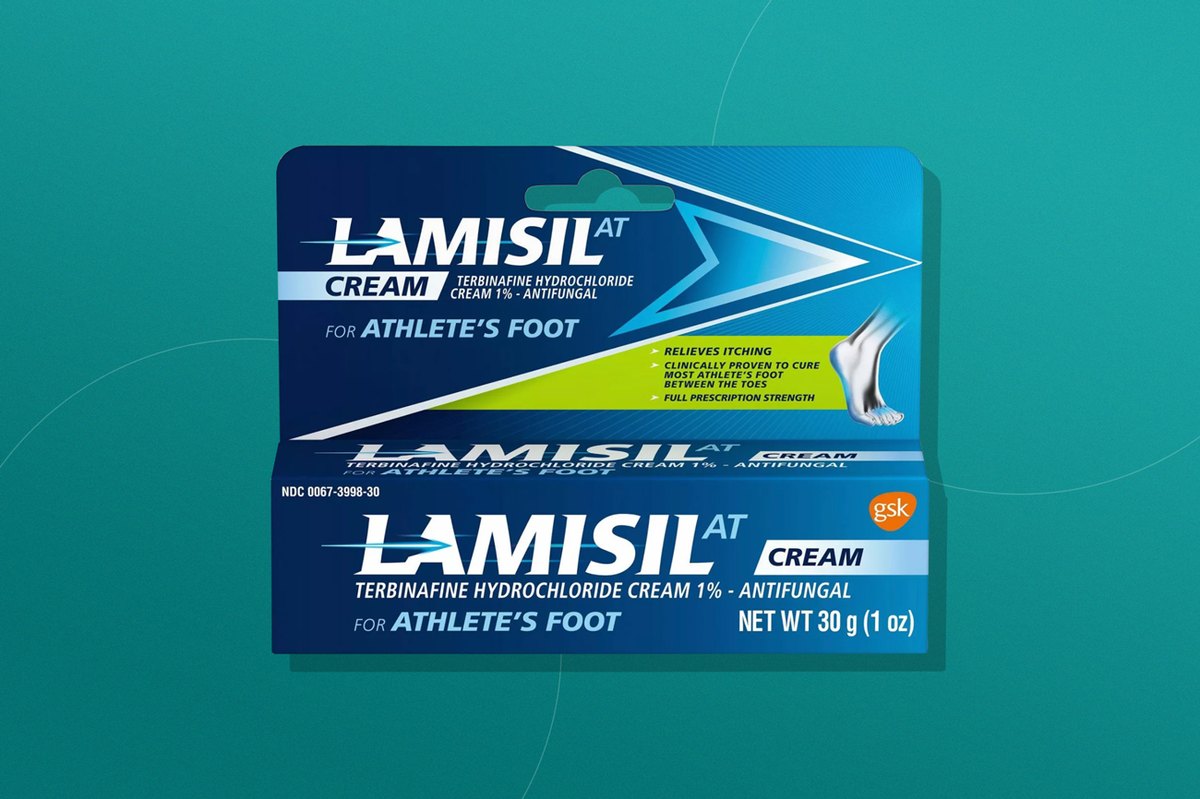
On the other hand, if your skin is on the drier side, you might be more comfortable using a cream instead of a powder, Dr. McGuire says. Lamisil AT Antifungal Cream's non-greasy formula contains terbinafine hydrochloride, another topical agent that fights off fungus and stops more from developing.
It's important to apply a thin layer and wipe away any excess product that your skin doesn't absorb, Dr. McGuire advises: "Don't just slop cream on your foot, because the cream itself becomes an occlusive agent. It can make things worse."
Buy it: Target.com; Price: $13.99
3. Best Spray: Tinactin Antifungal Aerosol Liquid Spray
Visit Page https://www.amazon.com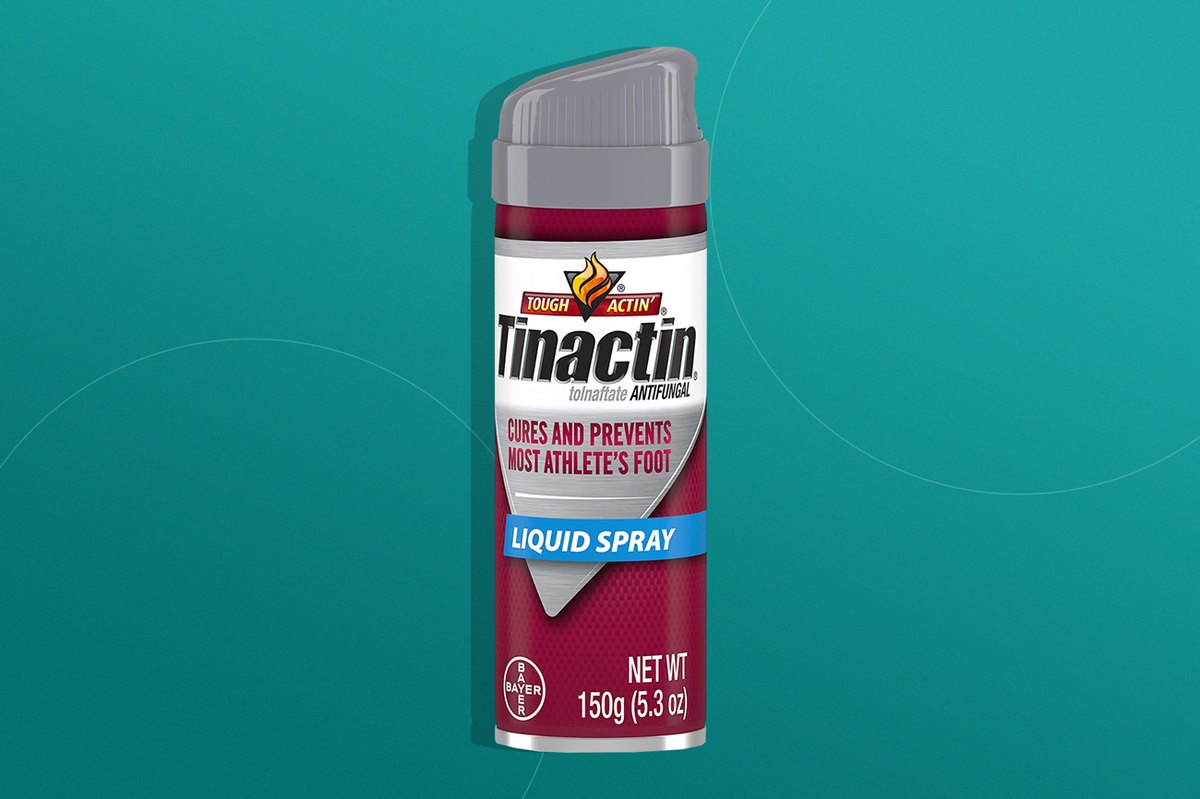
Tinactin Antifungal Aerosol Liquid Spray treats and prevents athlete's foot with yet another antifungal compound, tolnaftate. With this product, application is fast and easy. You can even use it to treat your socks and the interior of your shoes.
It should be noted, however, that using a spray may make it more difficult to take a targeted approach to treating your athlete's foot. Unlike a cream, which you can dab directly onto the affected areas, a spray applies the product more broadly.
Buy it: Amazon.com; Price: $12.99
4. Best Wipe: pHeet Foot Wipes
Visit Page https://www.amazon.com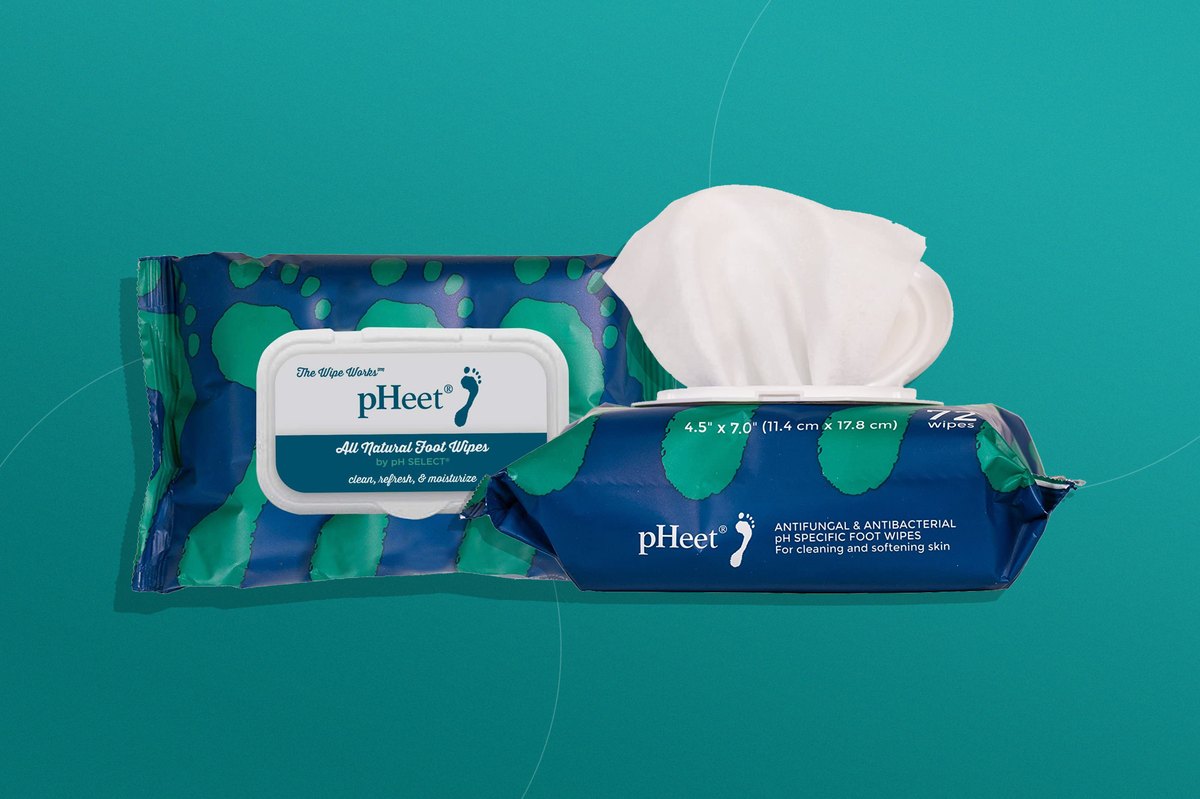
For an efficient, on-the-go treatment, consider opting for a wet wipe over something from a bottle.
These wipes from pHeet use lavender oil as their top active ingredient, which has been found to possess surprisingly effective antifungal properties, per an August 2017 study in Scientific Reports.
Buy it: Amazon.com; Price: $19.95
5. Best Natural: Earth Therapeutics Tea Tree Oil Foot Spray
Visit Page https://www.amazon.com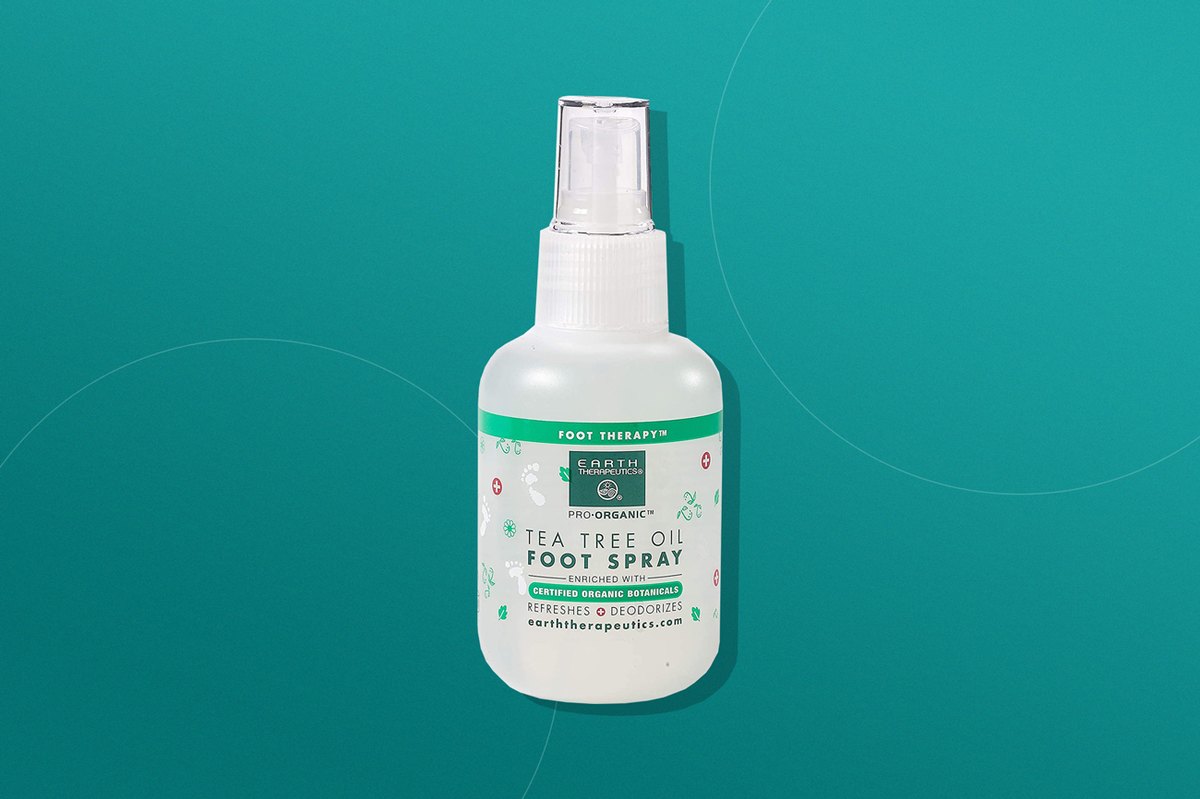
Advertisements
Another excellent botanical option is the Tea Tree Oil Foot Spray from Earth Therapeutics.
Tea tree oil, the main ingredient in this product, is another effective, plant-derived treatment for athlete's foot. Some of the supplementary ingredients also offer antifungal benefits, including chamomile and parsley.
Advertisements
That said, Dr. McGuire notes that while plant-based products can certainly treat athlete's foot for some people, they remain less effective when compared to their pharmaceutical counterparts. If you have a particularly severe infection, for example, you might not benefit from using a "natural" treatment.
Buy it: Amazon.com; Price: $9.49
What to Look for in an Athlete’s Foot Treatment
When deciding which treatment might work best for you, keep the following in mind:
1. Active Ingredients
As you may have already noticed, there are a lot of different active ingredients that can treat athlete's foot — and the most common ones are time-tested.
"Most of the things out there in the drugstore have been used for years," Dr. McGuire says, naming the ingredients in Tinactin and Lamisil as chief examples.
The ingredients in these products as well as those in Lotrimin work in similar ways to ward off athlete's foot: They affect the environment on the skin in a way that makes it harder, if not impossible, for fungus to grow. In turn, they stop athlete's foot at the source. Which ingredient you try for yourself essentially comes down to personal preference.
Dr. McGuire is quick to add, however, that there's always the possibility of an unpleasant allergic reaction to a new product. (Tea tree oil, for example, is a known irritant for people with sensitive skin.)
If you want to test your treatment of choice before using it, he recommends putting a little on the inside of your forearm and covering it with a Band-Aid overnight. If that spot is red or irritated by morning, that's your cue to try something else.
2. The Right Form For Your Needs
As mentioned earlier, your skin type may play a role in which treatment is best for you. People with dry skin may prefer using a cream, while those with sweaty feet will probably find a powder more pleasant to use.
If you wish to apply the product to broad swaths of your feet (and your footwear, for that matter), go with a spray or wipe. Otherwise, a cream will be better suited to spot-treating your athlete's foot.
What Else You Should Know Before You Buy
A few more tips on treating athlete's foot:
1. Home Remedies Are a Solid Option
Dr. McGuire says that something as simple as soaking your feet in a solution of epsom salt, vinegar and water can go a long way toward soothing, if not resolving, an athlete's foot infection. If nothing else, this approach won't do any harm and will likely feel pleasant on your itchy feet.
Related Reading
The 11 Best Natural Remedies for Athlete's Foot
2. Don’t Forget Preventive Methods
If you want to avoid having to shop for an athlete's foot treatment in the first place, make sure you're practicing good foot hygiene on a daily basis, Dr. McGuire says:
- Change your socks regularly
- Dry between your toes after bathing
- Use a foot powder, such as Gold Bond Medicated Maximum Strength Foot Powder (Amazon.com; $11.29)
- Wear shower shoes in public locker rooms
If you want to go the extra mile, Dr. McGuire says you can ensure steady airflow between your toes (which helps to reduce excess moisture) by placing a cotton ball between them before putting on your socks and shoes.
3. Give Your Treatment Time to Work, but Don’t Wait to See a Doctor
If your infection doesn't start to improve after using your treatment of choice for a week or two, get in touch with your doctor, Dr. McGuire says. You may need a prescription-strength antifungal medication in order to clear up your infection.
Related Reading
This Is Why Your Feet Smell So Bad

